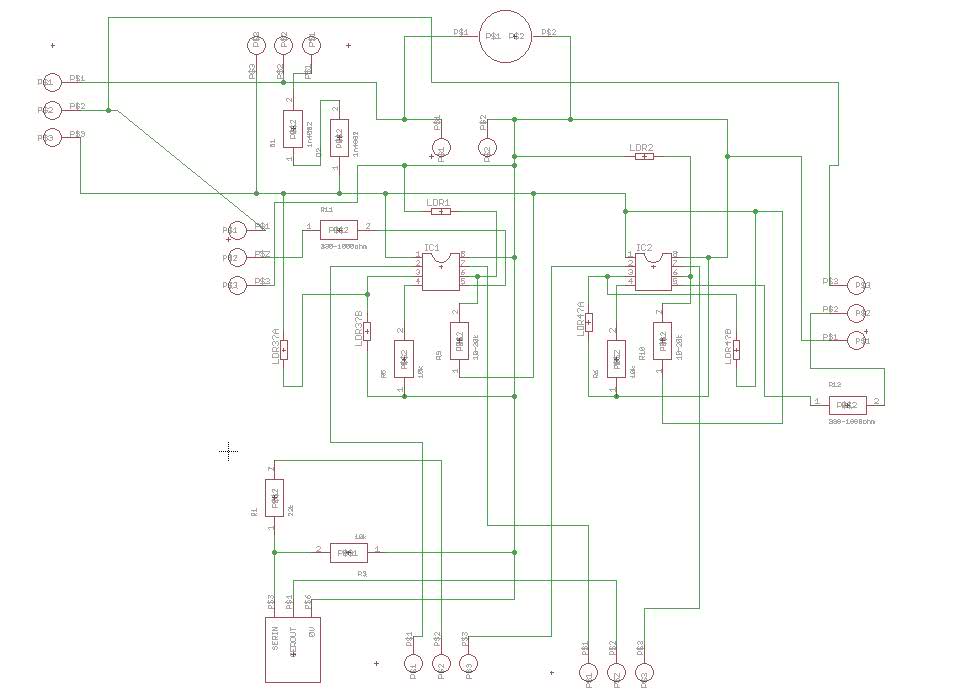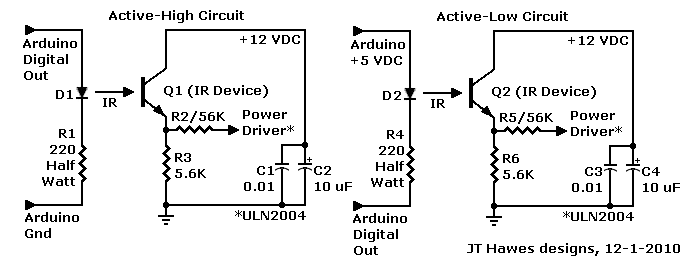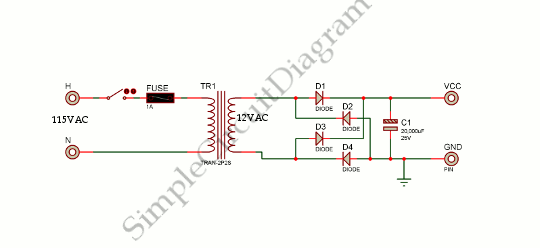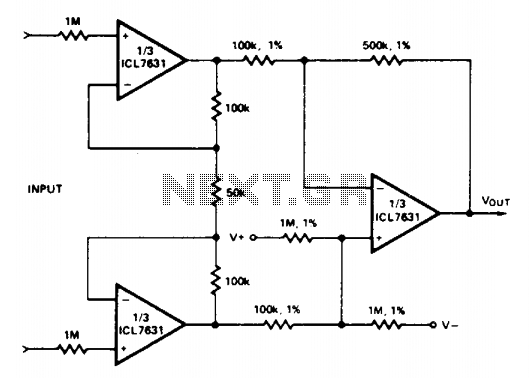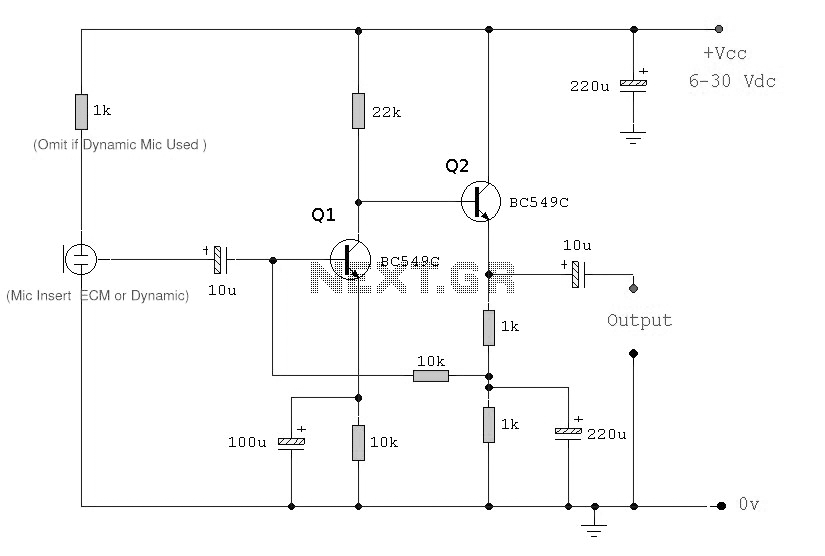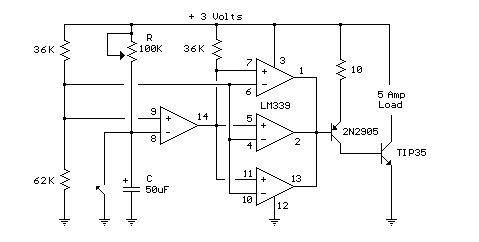
Low Noise Microphone Preamplifier
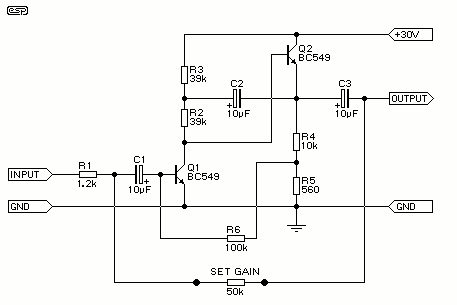
This is a design for a low noise microphone preamplifier, which is ideally suited to low impedance (600 Ohm nominal) microphones. One limitation is that it is not balanced, which is not a problem in a home recording environment, but will allow the mic lead (and case) to pick up noise with long cable runs or in a hostile environment.
The low noise microphone preamplifier design in question is optimized for use with low impedance microphones, specifically those with a nominal impedance of 600 Ohms. This type of preamplifier is typically used to amplify the signal from the microphone, thus making it strong enough for further processing or amplification. The low noise design ensures that the amplified signal retains its quality without adding any additional unwanted noise or distortion.
However, the design does have a limitation in that it is not balanced. A balanced audio system is one where the signal is split into two and then sent down two conductors, with one carrying the normal signal and the other carrying an inverted version of the signal. This design lacks this feature, which can lead to some issues. In a balanced system, any noise picked up along the cable is cancelled out at the end of the line. In an unbalanced system, such as this one, the noise can be amplified along with the signal.
While this unbalanced design may not pose a problem in a home recording environment, it can lead to the microphone lead and case picking up noise during long cable runs or in hostile environments. This is due to the fact that the longer the cable, the more susceptible it is to picking up interference from other sources. Similarly, hostile environments with a lot of electronic devices can also lead to increased interference.
Therefore, while this low noise microphone preamplifier design is ideally suited for low impedance microphones and can work well in a home recording environment, care must be taken during long cable runs or in environments with a lot of potential interference. If these conditions are likely to be encountered, it may be worth considering a balanced design instead.This is a design for a low noise microphone preamplifier, which is ideally suited to low impedance (600 Ohm nominal) microphones. One limitation is that it is not balanced, which is not a problem in a home recording environment, but will allow the mic lead (and case) to pick up noise with long cable runs or in a hostile environment.
🔗 External reference
The low noise microphone preamplifier design in question is optimized for use with low impedance microphones, specifically those with a nominal impedance of 600 Ohms. This type of preamplifier is typically used to amplify the signal from the microphone, thus making it strong enough for further processing or amplification. The low noise design ensures that the amplified signal retains its quality without adding any additional unwanted noise or distortion.
However, the design does have a limitation in that it is not balanced. A balanced audio system is one where the signal is split into two and then sent down two conductors, with one carrying the normal signal and the other carrying an inverted version of the signal. This design lacks this feature, which can lead to some issues. In a balanced system, any noise picked up along the cable is cancelled out at the end of the line. In an unbalanced system, such as this one, the noise can be amplified along with the signal.
While this unbalanced design may not pose a problem in a home recording environment, it can lead to the microphone lead and case picking up noise during long cable runs or in hostile environments. This is due to the fact that the longer the cable, the more susceptible it is to picking up interference from other sources. Similarly, hostile environments with a lot of electronic devices can also lead to increased interference.
Therefore, while this low noise microphone preamplifier design is ideally suited for low impedance microphones and can work well in a home recording environment, care must be taken during long cable runs or in environments with a lot of potential interference. If these conditions are likely to be encountered, it may be worth considering a balanced design instead.This is a design for a low noise microphone preamplifier, which is ideally suited to low impedance (600 Ohm nominal) microphones. One limitation is that it is not balanced, which is not a problem in a home recording environment, but will allow the mic lead (and case) to pick up noise with long cable runs or in a hostile environment.
🔗 External reference
